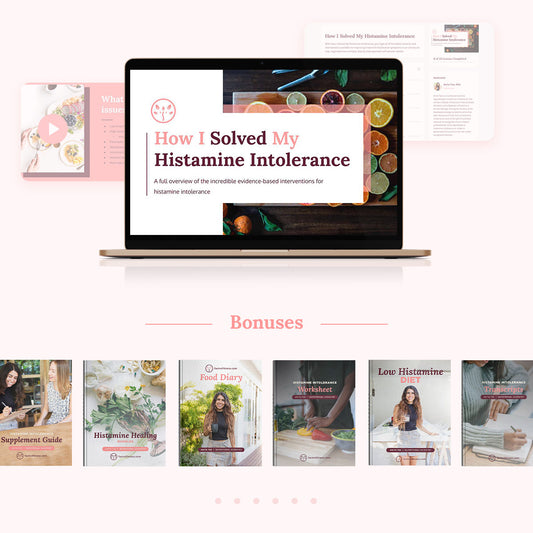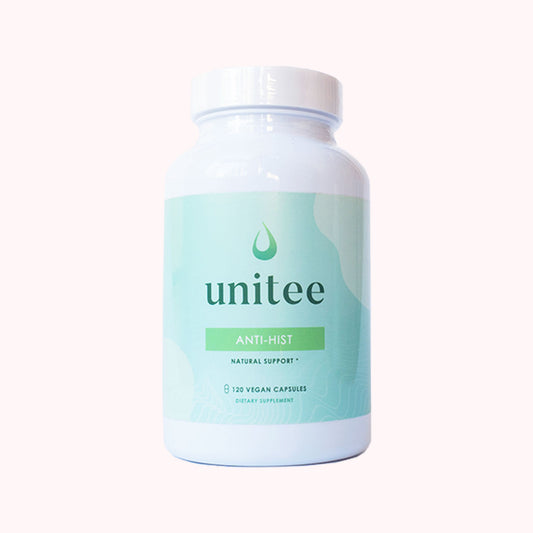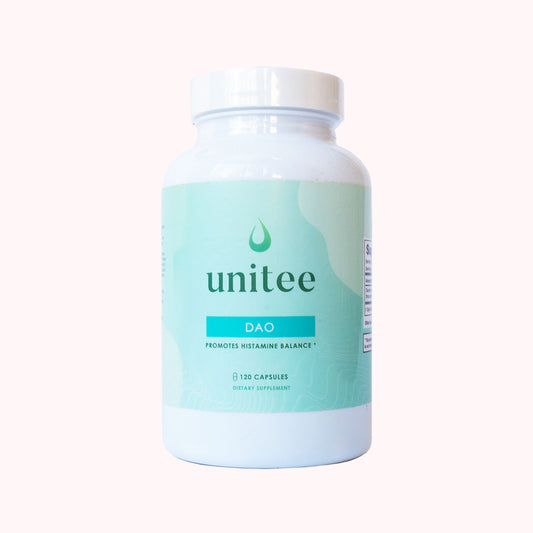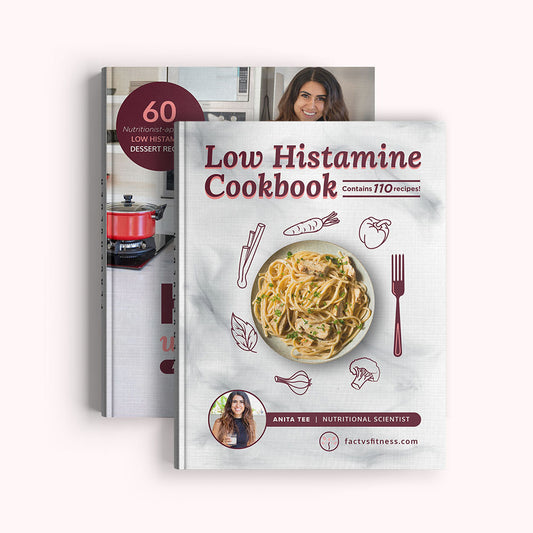Have you heard the information on inflammation?
For a while now, the health community has been buzzing with info and products based around the importance of living an anti-inflammatory lifestyle.
But, how relevant is inflammation to your health, and how exactly is it impacting your biology?
Today I’m going to explain exactly how this works and, I’ll give you anti-inflammatory strategy that’s totally free, fun and effective.
Let’s get started!
Chronic Inflammation: Why an Anti-Inflammatory Lifestyle is Key
Believe it or not, chronic inflammation is a big part of most people’s biology and, therefore, their lives.
Chronic inflammation is a pretty dangerous thing, as science is actually discovering this type of inflammation to be at the root of various diseases1.
Due to modern-day lifestyles, the majority of people do, in fact, have some level of chronic, low-grade inflammation.
The prevalence of this issue comes from the daily ritual of putting unnatural things into our body which are not recognized by the immune system.
It’s simple: consume something your body doesn’t recognize and your immune system will activate to check out the foreign substance. This applies not only to artificial foods and additives but, to various common products and environmental exposures as well.
For these reasons, focussing on living an anti-inflammatory lifestyle that reduces inflammation is a crucial step towards reducing the probability of future disease and disorder.
So what exactly is chronic inflammation and how is it messing up our body so much? Let me explain.
Chronic Inflammation vs. Acute Inflammation
Chronic inflammation is very different than acute inflammation - which is an incredibly helpful and necessary part of our biology. To best understand the difference, I’m going to give you a brief overview of how the immune system works.
There are three important parts of the immune system I’m going to detail: the barracks, the boulevard and the battlefield.
In your immune system, inflammatory cells lay dormant within an area of the body known as the barracks.
In the case of acute inflammation, an immune activation occurs and these immune cells travel down the boulevard (AKA, the bloodstream) to the battlefield - or the biological damage that initiated the immune activation. The battlefield can be anything from a paper cut to a severe infection.
Once immune cells reach the battlefield, they get to work and remain until their role in healing is complete.
The problem with chronic inflammation however, is that there is no battlefield. There is no cuts, scrapes or infection present - something, like a foreign chemical, has simply caused an immune activation without creating a battlefield for the immune cells to do their job.
So, what do immune cells do in the case of chronic inflammation?
With chronic inflammation, foreign substances have still initiated immune cells to leave the barracks and travel down the boulevard searching for the battlefield. But, as there is no physical battlefield present, the immune cells never get a chance to complete their job.
In this case, immune cells continue to circulate the bloodstream looking for a battlefield without ever finding one - therefore producing a chronic activation of immune cells within the bloodstream.
Although we can all do our best to eat a healthy diet, the fact is, unless you have taken up residence with a tribe deep in the forest, you’re still going to get an overwhelming amount of unnatural exposures on the daily. Everything from food additives to car fumes to chemicals in common products are all capable of contributing to chronic inflammation.
So, rather than only aiming to minimize these exposures, the best strategy is to live an anti-inflammatory lifestyle that reduces inflammation to strengthen the body.
Let’s talk about my favourite way to do that. 🙂
The World’s Most Fun Anti-Inflammatory Strategy
Believe it or not, nature is your anti-inflammatory answer.
Plants are amazing in more ways than you’d think and can actually work to reduce inflammation, simply by being around them.
Plants produce naturally occurring compounds called phytoncides, which have demonstrated in studies to reduce inflammation and regulate the immune system2-8.
Additionally, these same compounds have shown to contribute to decreasing stress hormones and increasing the production of anti-cancer proteins3-8.
Literally, just being around plants - a practice that some cultures have come to know as “forest bathing.” - exposes you to phytoncides and can produce these biological benefits.
The reason phytoncides are so beneficial is because they actually produce a very mild, allergic-type reaction with our body - or in other words, they create a battlefield for our immune cells.
This reaction is so mild that it’s undetectable by our conscious minds but, our immune system knows exactly what’s going on.
By providing a battlefield, our immune cells are actually able to exit the bloodstream to complete their job, reducing the level of inflammatory cells circulating the bloodstream.
Amazing, right?
How To Reduce Inflammation Using Nature!
One of the best ways to try out this anti-inflammatory strategy is extremely simple: go outside.
No, I don’t mean the artificial, human-created version of outside that includes busy roads and bar strips. What I mean is, get into nature.
Relive your childhood and climb trees again, or switch up your indoor gym routine for burpees in the forest. Believe it or not, exercising in the forest provides a whole new level of benefits compared to doing the exact same workout routine in a gym.
Touch trees. The closer you get to plants, the greater the exposure to phytoncides. Hippies had it right because tree-hugging, quite literally, is good for your health.
So, whether you want to have a mindful day of meditating, a relaxing romantic experience, or a high-intensity workout, do it in the forest. Your immune system and health will be thanking you.
For an easy gut-healing, anti-inflammatory food strategy, check out this recipe.
Your friendly neighborhood scientist,
Anita
References
1. Jurjus A, Eid A, Al Kattar S, Zeenny M, Gerges-Geagea A, Haydar H et al. Inflammatory bowel disease, colorectal cancer and type 2 diabetes mellitus: The links. BBA Clinical. 2016;5:16-24.
2. Kang S, Lee J, Lee H, Petriello M, Kim B, Do J et al. Phytoncide Extracted from Pinecone Decreases LPS-Induced Inflammatory Responses in Bovine Mammary Epithelial Cells. Journal of Microbiology and Biotechnology. 2016;26(3):579-587.
3. Li Q, Kobayashi M, Wakayama Y, Inagaki H, Katsumata M, Hirata Y et al. Effect of Phytoncide from Trees on Human Natural Killer Cell Function. International Journal of Immunopathology and Pharmacology. 2009;22(4):951-959.
4. Li Q, Morimoto K, Kobayashi M, Inagaki H, Katsumata M, Hirata Y et al. Visiting a Forest, but Not a City, Increases Human Natural Killer Activity and Expression of Anti-Cancer Proteins. International Journal of Immunopathology and Pharmacology. 2008;21(1):117-127.
5. Li Q, Nakadai A, Matsushima H, Miyazaki Y, Krensky A, Kawada T et al. Phytoncides (Wood Essential Oils) Induce Human Natural Killer Cell Activity. Immunopharmacology and Immunotoxicology. 2006;28(2):319-333.
6. Li Q, Morimoto K, Kobiyashi M, Katsumata M, Hirata Y, Hirata K et al. A forest bathing trip increases human natural killer activity and expression of anti-cancer proteins in female subjects. J Biol Regul Homeost Agents. 2008;22(1):45-55.
7. Li Q, Kawada T. Effect of forest environments on human natural killer (NK) activity. Int J Immunopathol Pharmacol. 2011;24(1):39S-44S.
8. Li Q, Kobiyashi M, Inagaki H, Hirata Y, Li Y, Hirata K et al. A day trip to a forest park increases human natural killer activity and the expression of anti-cancer proteins in male subjects. J Biol Regul Homeost Agents. 2010;24(2):157-65.







